How to prevent and treat yellow leaves on alocasia polly

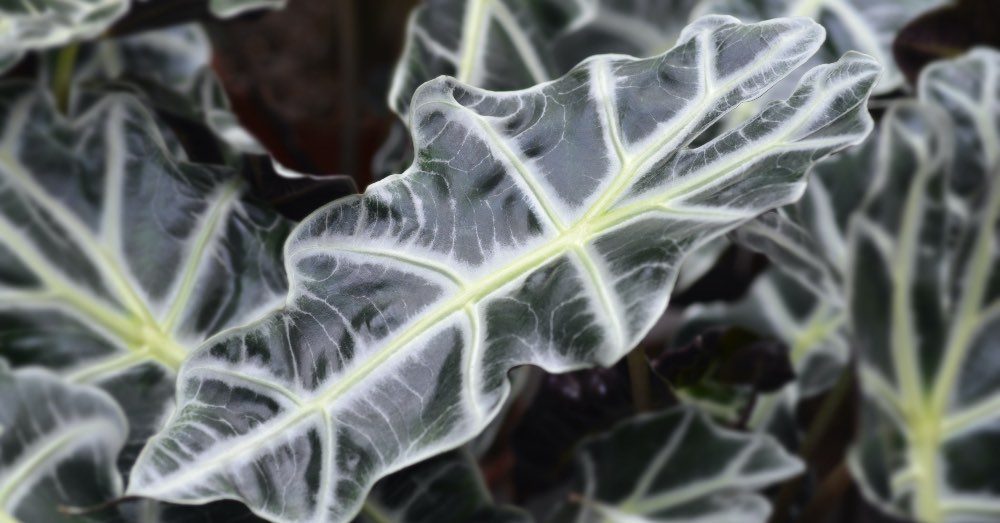
It is one of the most demanded indoor plants for its incredible beauty. Not only is it eye-catching, but it also has that perfect tropical touch to dress up any interior. And, although the care of the alocasia polly is less demanding than that of other congeners in its family, it is more than usual to come across a query: what is happening to my alocasia polly that has yellow leaves? A question that has a quick answer: because we are failing to meet some of its cultivation needs.
However, and although it may seem simple at first, discovering why our alocasia polly has yellow leaves requires evaluating some factors. And not only that: as with any other, it is essential to understand a little better the characteristics of this plant of tropical origin and to know what exactly it needs. Only in this way will our plant be able to maintain the characteristic beauty of its leaves and the contrasting colors that make it an extremely decorative species.
So let’s see what could be happening to it and, more importantly, how to correct it so that our plant continues to have its unique appearance.
WHY ARE THE LEAVES OF MY ALOCASIA POLLY TURNING YELLOW?
Before getting into the matter, it is essential to understand a couple of aspects. To begin with, we are talking about a hybrid plant that starts from a rhizome. Although this may seem secondary, it is not. In general, the plants that are born from this unique type of stem that grows underground have a low tolerance to waterlogging and excess moisture. A detail that we have to contemplate to measure, and a lot! the irrigation pattern.
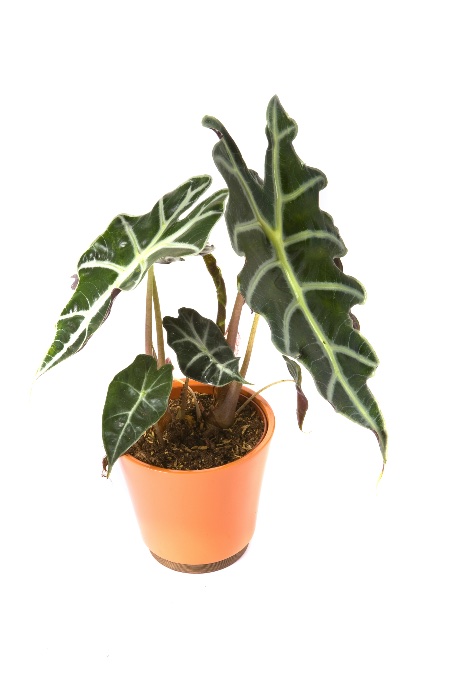
And if we have to water with caution, it is not only to avoid compromising the well-being of the plant. In addition to this, an excess of humidity and a dry environment are the ideal breeding ground for two of the quintessential pests of this plant to appear: the red spider and the cochineal.
Starting from this fundamental basis, let’s see in detail what are the main reasons why this change in the color of the leaves usually occurs.
1. Leaves that complete their cycle, a reason not to worry
The least of our problems, as much as it can scare us. It is extremely easy to know if the problem is simply that our blades have reached the end of their life. We can easily identify it because it is always the lower leaves.
If that is our case, it will be enough to clean up our plant by pruning them. In this way, we will be helping our plant to avoid the wear and tear of trying to keep them alive.
2. Excess moisture, the main reason why alocasia polly has yellow leaves
The fundamental reason why an alocasia polly has yellow leaves. As we explained, it is a plant that is extremely sensitive to excess watering or moisture in the substrate. What’s more: even though its popular name is Amazonian and that makes us think that it requires a lot of irrigation, it is not exactly like that.
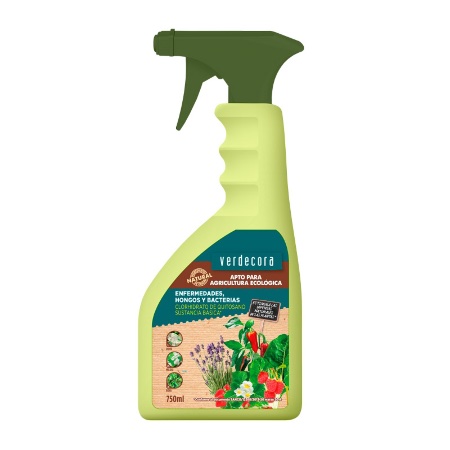
It is true that you need a minimum degree of constant humidity in the substrate, yes. But it is also true that passing us by can play tricks on us, resulting in yellow leaves that later have brown spots. When that pair of colors begin to appear on our plant, it is indicating that we have gone overboard with irrigation. A problem that we must correct as soon as possible, to avoid the death of our tropical beauty.
If our plant presents this type of coloration, the ideal is to temporarily suspend irrigation. In this way, we will allow the substrate to dry out and the rhizome to gradually recover from waterlogging. If we detect many brown spots, we have two options. On the one hand, apply a fungicide that allows us to stop the advance of fungi. On the other, cut the affected branches to prevent its spread.
3. Poor drainage, another reason to consider
Another compelling reason for an alocasia polly to have yellow leaves, and closely linked to the issue of irrigation. On many occasions, we know that we are watering just enough and, even so, the leaves change color. So what can be the reason? A faulty drain, without a doubt.
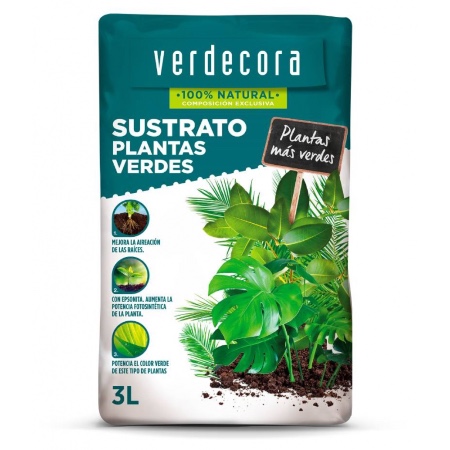
This scenario occurs, fundamentally, in newly purchased plants and those that have grown at a good pace and have not been transplanted. In both cases and beyond checking if our plant is correctly eliminating excess watering, it is worth considering a transplant to a slightly larger pot with a substrate that encourages the elimination of water. And yes: placing great emphasis on providing our plant with good drainage that prevents the accumulation of water in the substrate.
4. Insufficient blade maintenance, the last reason
It is not the most common reason, but it does not hurt to include it in the list. The care of the leaves of the alocasia polly is essential for its well-being. A good part of its vegetable processes demand healthy leaves in perfect condition. Therefore, it is essential to always keep the leaves of our plant clean.
To do this, simply pass a dry cloth and remove the dust that may accumulate. And not only in healthy leaves: also in those that begin to spoil. Although it seems like a task that we can do without, it is essential. Carrying it out will promote the creation of new leaves.
OTHER PROBLEMS OF CULTIVATION OF ALOCASIA POLLY
Although the most common cultivation problem of alocasia polly is yellow leaves, it is not the only ailment that we can detect in our plant. Again, its leaves will be responsible for telling us that something is wrong. A kind of alarm signal for us to correct its care and continue enjoying its unique beauty.
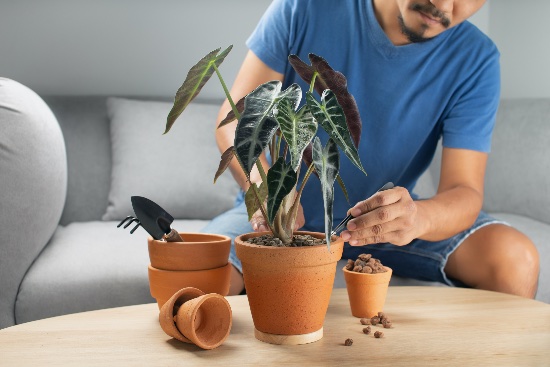
Let’s see other scenarios in which we can find ourselves and, above all, how to correct them.
1. Black edges and spots on the leaves, another common
If our plant shows this pair of manifestations, it is clear: our alocasia polly is not in the right place. Although it is a plant that loves light and needs it to live, it does not tolerate direct sun. Those spots to which we refer are, precisely, sunburns.
Correcting it involves finding another place where it receives the amount of light it needs, but avoiding the sun directly hitting it at all times.
2. Brown tips, another common problem in alocasia polly
Very usual. Suddenly, we see that the tips of our leaves begin to acquire a dark coloration. It usually starts in a brownish tone to end up being yellow.
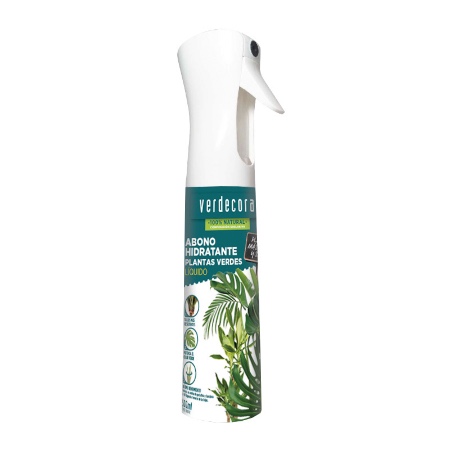
When that happens, our plant is complaining about an ambient humidity defect. Something that we can correct using a humidifier, spraying water on the leaves or using a specific foliar moisturizer.
3. He loses all his leaves and the alarms go off!
Tranquility! It is more than usual that, with the arrival of the cold months, our plant begins to lose its characteristic foliage. This loss of leaves is nothing more than a matter of survival: the temperature has dropped, and the plant is preparing to go into a vegetative break necessary to re-emerge with the arrival of spring.
And now that you know the different problems you can face and how to solve them, all you have to do is enjoy your plant.
One as spectacular as it is demanding… but how can you not make an effort to contemplate those incredible leaves?
About the author
 > Written by: Tomas Gonzalez Store: Verdecora Aravaca I started at Verdecora Arroyo M50 5 years ago, combining work in the store with the online store. For two years, I have been responsible for the garden section in the new Verdecora Aravaca store. I like to observe nature, whether doing a route or taking a walk in a park in Madrid, especially the birds. I enjoy staying with my friends, and rediscovering the city.
> Written by: Tomas Gonzalez Store: Verdecora Aravaca I started at Verdecora Arroyo M50 5 years ago, combining work in the store with the online store. For two years, I have been responsible for the garden section in the new Verdecora Aravaca store. I like to observe nature, whether doing a route or taking a walk in a park in Madrid, especially the birds. I enjoy staying with my friends, and rediscovering the city.


![Photo of Varieties of Peas: [Characteristics and Classification]](https://www.complete-gardening.com/wp-content/uploads/2022/08/varieties-of-peas-characteristics-and-classification-390x214.jpg)
![Photo of Walnut Pests and Diseases: [Detection, Causes and Solutions]](https://www.complete-gardening.com/wp-content/uploads/2022/08/walnut-pests-and-diseases-detection-causes-and-solutions-390x220.jpg)
